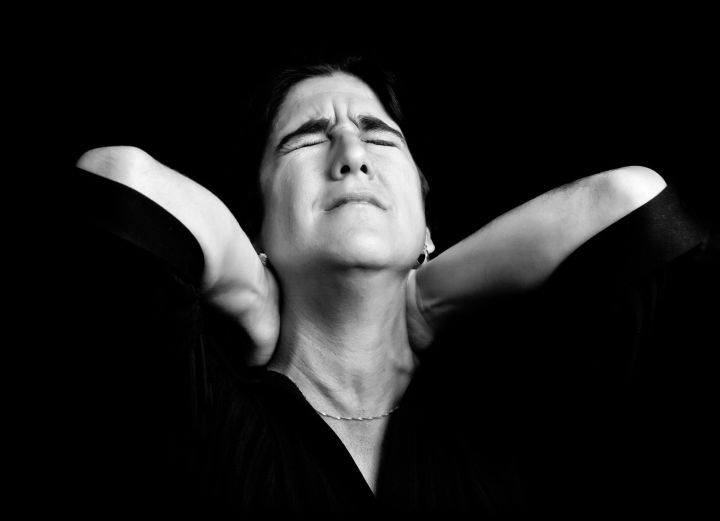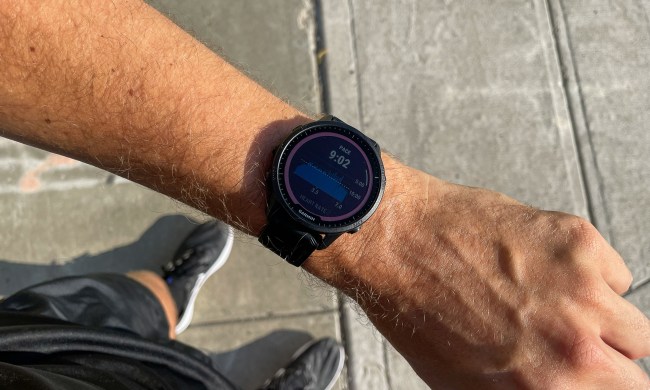
Surgeons at Cedars-Sinai Medical Center in Los Angeles published a study in The Spine Journal that showed posture-related injuries from smartphone use are increasing.
“In an X-ray, the neck typically curves backward, and what we’re seeing is that the curve is being reversed as people look down at their phones for hours each day,” study co-author Dr. Todd Lanman told Reuters.
According to the surgeons, when you hold your head looking forward in a neutral position it weighs 10 to 12 pounds. When you’re looking down at a smartphone it can feel like 27 pounds. In addition to being a pain in the neck, your spine gets hit, too, where the effect is the same as a 60-pound weight.
“By the time patients get to me, they’re already in bad pain and have disc issues,” Lanman said. “The real concern is that we don’t know what this means down the road for kids today who use phones all day.”
Texting with smartphones causes more problems than watching videos or browsing online, according to Lanman and co-author Jason Cuellar. The angle of the neck is even worse for most people when sitting than standing.
The surgeons are particularly concerned about younger people using smartphones. “For today’s users, will an 8-year-old need surgery at age 28?” Lanman asked. “In kids who have spines that are still growing and not developed, we’re not sure what to expect or if this could change normal anatomies.”
How can you prevent or lower your chances of getting text neck yourself? Safer smartphone postures include holding your phone higher and using both hands when you’re texting.
The doctors also recommended using computer screens at natural eye level, whether sitting or standing — and that includes laptops, so you will likely need a separate keyboard and monitor to maintain the best posture. Stretching, exercises to strengthen the neck and shoulders, and regular breaks can also help and are highly recommended.




